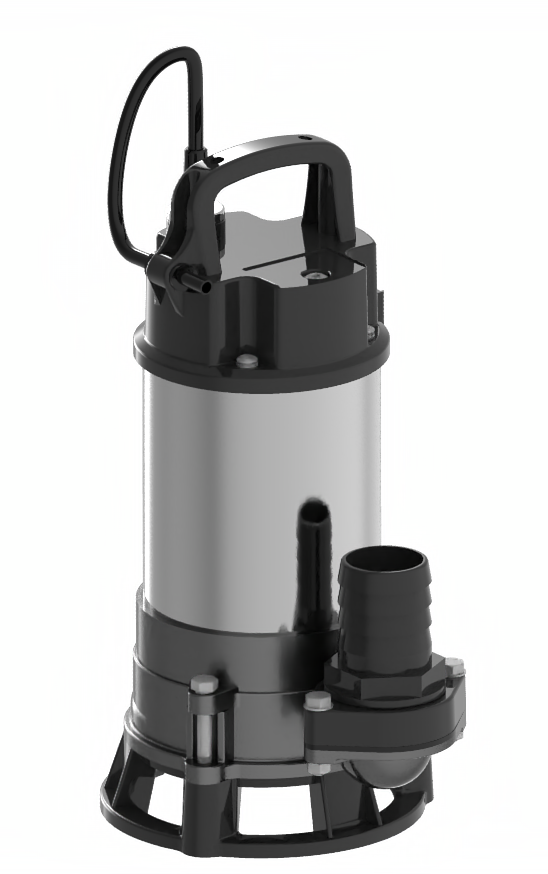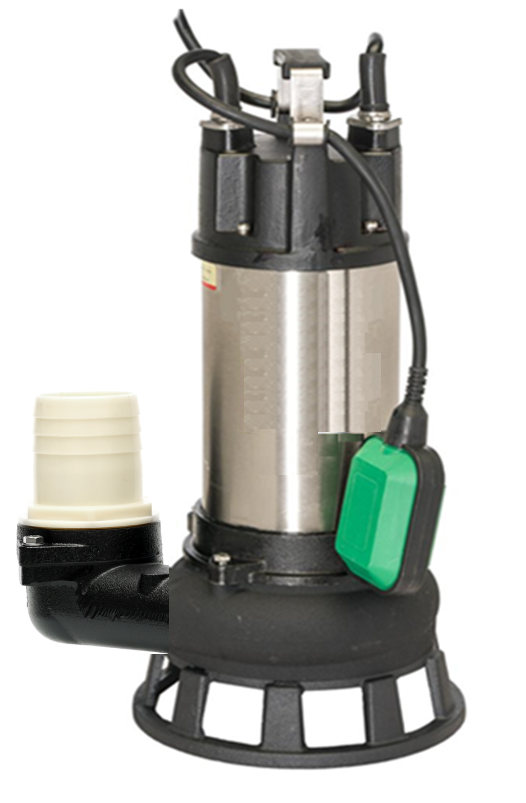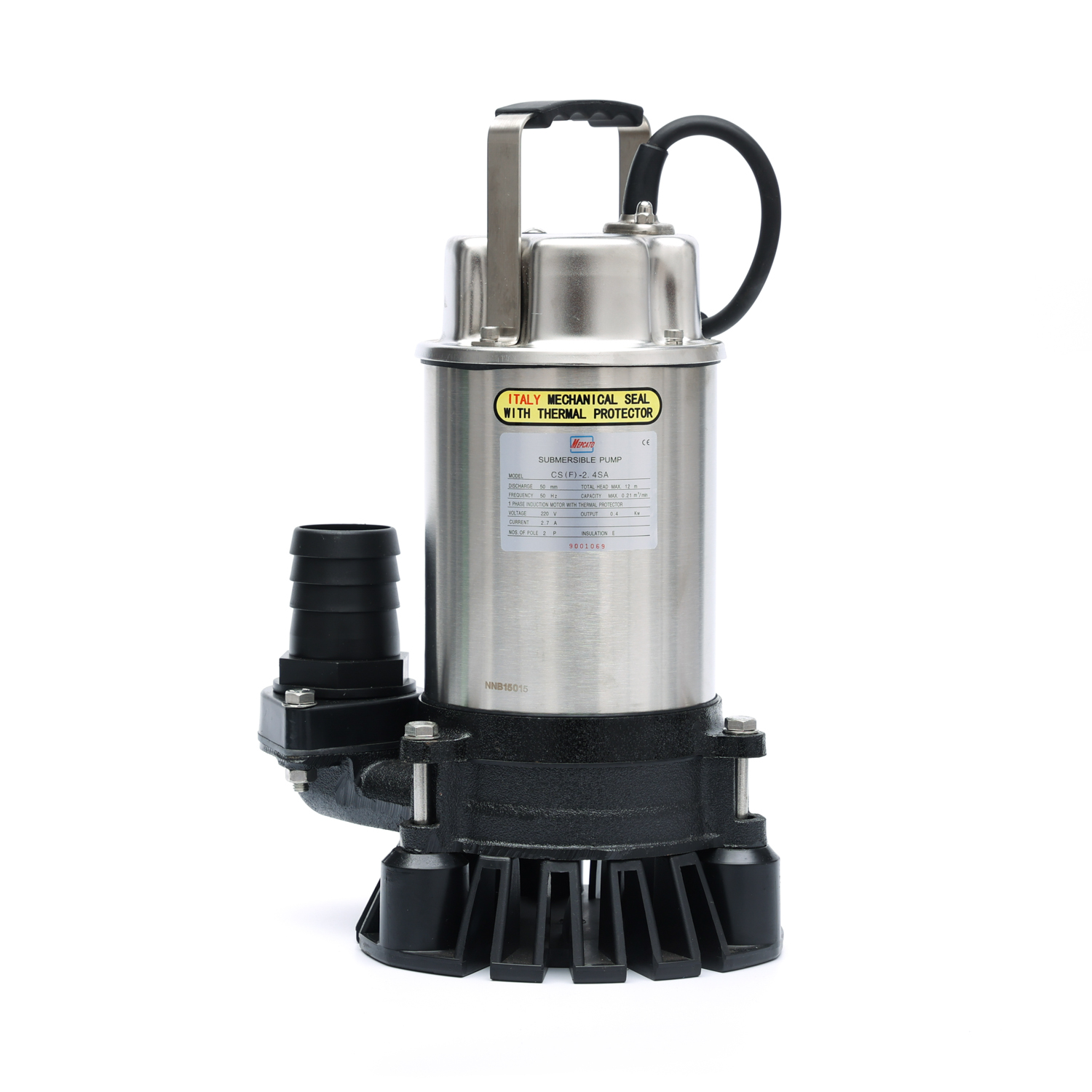Views: 50 Author: Mepcato_Viko Lau Publish Time: 2025-10-10 Origin: www.mepcato.com












Selecting the right submersible pump is crucial for the project's success. You need to focus on the following core parameters:
1. Flow Rate (Q - Units: Cubic meters per hour m³/h or Liters per second L/s)
Definition: The volume of water the pump can deliver per unit of time.
How to Determine: Calculate based on your irrigation requirements.
Simplified Formula: Required Flow Rate (m³/h) = (Total Irrigated Area (mu) × Water Requirement per mu per session (m³/mu)) / Planned Irrigation Time (hours)
Agricultural Irrigation: Depends on crop type, planted area, climate, and irrigation method (flood, drip, sprinkler). A general rule of thumb is that each mu of land requires 20-50 cubic meters of water per irrigation session. You need to calculate the required flow rate based on the irrigation cycle and duration.
Landscape Irrigation: Depends on the green area, plant types, and the number and model of sprinklers. Add up the rated flow of all sprinklers and multiply by a safety factor (1.1-1.2) to get the approximate required flow rate.
2. Head (H - Unit: Meters m)
Definition: The total height the pump can lift water. This is not just the vertical height difference; it also includes pipeline friction loss.
How to Calculate: Total Dynamic Head Required = Vertical Lift + Friction Loss Head
Vertical Lift: The vertical height difference from the dynamic water level of the source (water level when the pump is operating) to the highest point of the discharge outlet.
Friction Loss Head: The energy lost due to friction as water passes through pipes, elbows, valves, and filters. This value is usually obtained from charts or calculations. A rough estimate is 10%-20% of the vertical lift (longer pipes, more elbows, and smaller diameters increase the loss).
Example: If the vertical height from the water surface to the field is 20 meters and the pipe length is 100 meters, the total head required might be 20m + (20m * 15%) = 23 meters or more.
3. Power and Voltage
Power: Once the flow and head are determined, the required power is essentially determined. Higher power generally indicates greater flow and head capacity. Select a pump with corresponding power based on your calculation.
Voltage:
Single-Phase (220V): Suitable for low-power submersible pumps (typically below 3kW), commonly used for small landscapes or home orchards.
Three-Phase (380V): Suitable for high-power pumps, offering more stable operation and higher efficiency. This is the preferred choice for agricultural irrigation.
4. Pump Type and Material
Type:
Clean Water Pump: Suitable for clean river water with low sediment content.
Sewage Pump/Vortex Pump: If the river is turbid and contains significant silt, leaves, or other solids, choose a sewage pump with strong passage capacity, designed to be less prone to clogging.
Material:
Cast Iron: Cost-effective but less corrosion-resistant, suitable for short-term or light use.
Stainless Steel: Highly corrosion-resistant, longer lifespan, especially suitable for slightly acidic/alkaline water or long-term submersion. This is the recommended choice.
Define Requirements: Determine the irrigation area, method, and water source conditions (water quality, water depth variation).
Calculate Flow Rate: Based on the irrigation schedule and area, calculate the required water volume per hour.
Calculate Head: Measure the vertical lift and estimate pipeline friction loss to determine the Total Dynamic Head required.
Select Type and Material: Choose between a clean water pump or sewage pump based on water quality (clear/muddy). Select cast iron or stainless steel based on budget and durability needs.
Determine Voltage and Power: Based on the site's power supply and the calculated flow and head, determine the voltage and power range.
Consult the Pump Performance Curve: Before finalizing a specific model, ask the supplier for its "performance curve." Ensure that the intersection point of your required Flow and Head falls within the pump's high-efficiency operating range, not at the edges of the curve.
Rule of Thumb - Size Up: If the budget allows, select a pump with a 10%-15% margin for both flow rate and head to accommodate future needs or losses from aging pipes.
Brand and After-Sales Service: Choose a reputable brand and ensure reliable after-sales service for timely technical support if problems arise.
Consult a Professional: If your irrigation system is complex, it is highly recommended to consult a pump distributor or irrigation engineer who can provide more precise selection advice and system design.




Hope this detailed guide helps you successfully apply and select the right submersible pump! Wishing you efficient irrigation and a fruitful harvest (or a beautiful garden)!